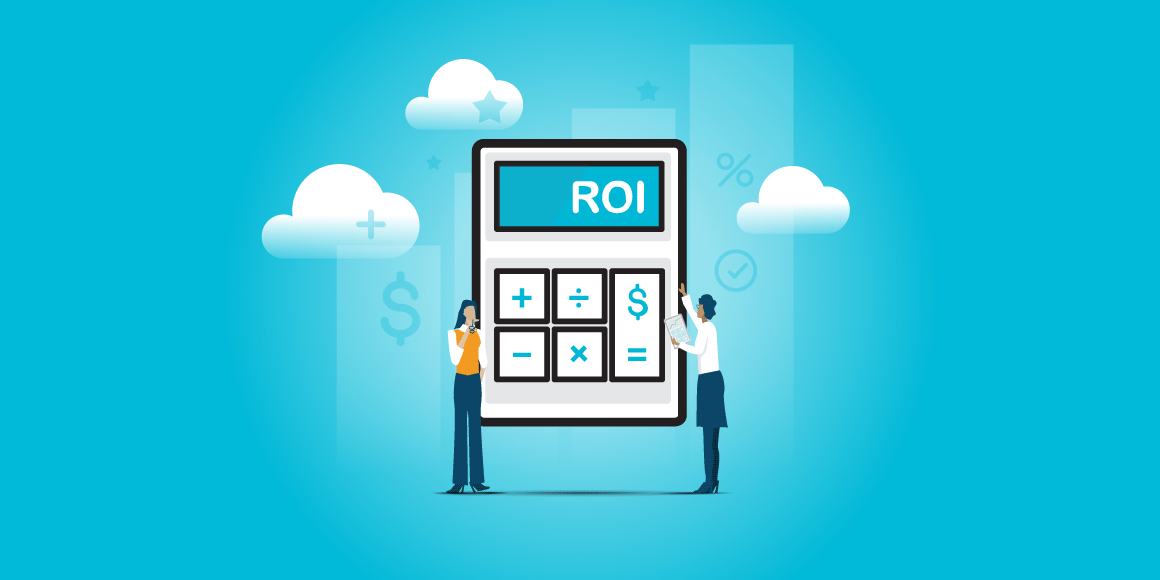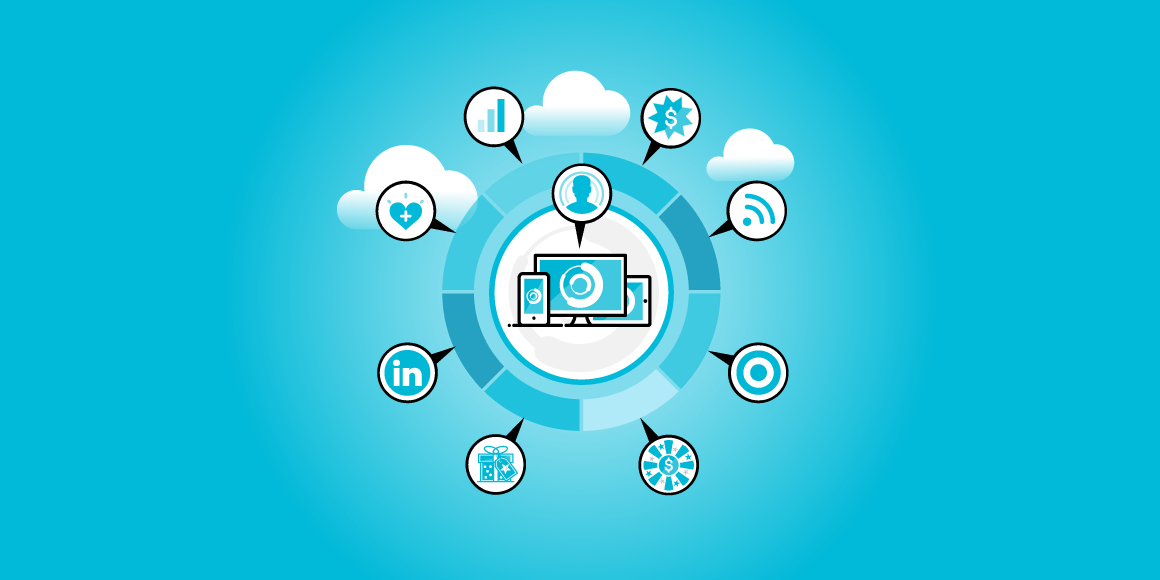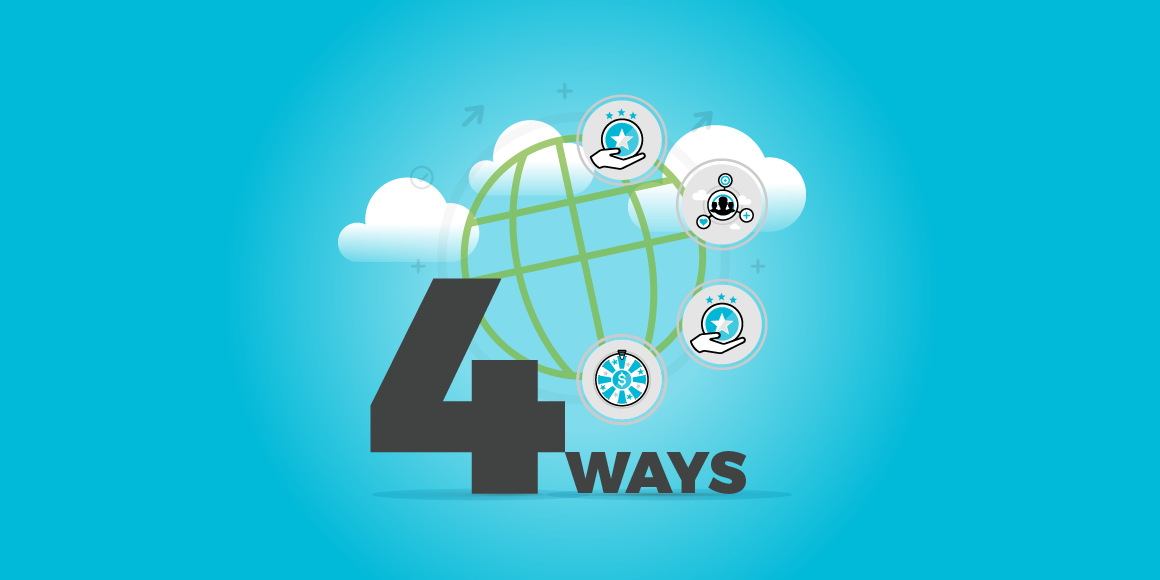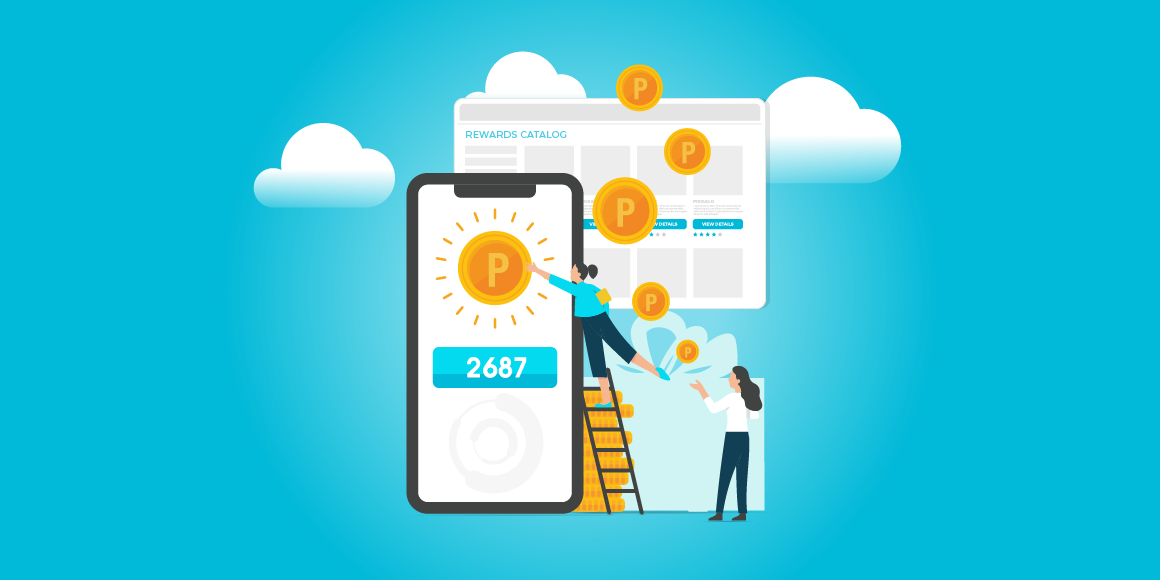“Does your sales SPIFF program still work?” “Do sales SPIFF programs even work to begin with?” These are common versions of the same question that's been popping up in conversations since day one at 360insights. It’s a perfectly sound question really; a sales SPIFF is an incentive tactic nearly as old as sales itself, so the possibility that they might get tired is legitimate.
Understanding SPIFF Incentives
SPIFF, or Sales Performance Incentive Fund, is a term used for a special incentive given to sales professionals or sales representatives to promote the sale of a particular product or old inventory. It’s one of the most tried and tested sales incentives ideas that often takes the form of cash rewards, SPIFF bonus, or even gift cards. Companies employ such types of SPIFF programs as part of their sales incentive programs, aiming to boost sales performance, and ultimately, reach their sales targets.
Why SPIFF Incentives Work
Properly planned and executed incentives like a SPIFF bonus push buttons in our brains that leverage our human nature. We’re born with an innate desire to change. To oversimplify: without any radical rewiring, the right incentive is just triggering what is already there. Furthermore, SPIFF programs promote employee engagement, which is critical for maintaining a positive sales force environment, and avoiding a toxic work environment.
The more critical business question then becomes the cost to change the behavior versus the value it returns, or the sales SPIFF program ROI. After all, sales compensation is a significant part of many sales teams’ budget, with many brands spending tens or even hundreds of millions of dollars on sales incentives in a year, and most agree it's working at some level.
However, even in today's data-driven world, many sales leaders are still confused as to how to quantify or express the return on their SPIFF investment. To have an effective SPIFF program, sales managers must employ clear goals and sales strategies, which should be aligned with their sales pipeline.
Best Practices for Implementing SPIFF Programs
To ensure SPIFF programs remain effective and relevant, it's essential to follow best practices. Here are several strategies to consider:
Tailor the Incentives
Tailoring the incentives to suit the preferences of your sales team is crucial. What motivates one person may not work for another. For instance, some salespeople may be driven by cash rewards, while others might prefer gift cards or experiential rewards like travel or exclusive events. Conduct surveys or one-on-one meetings to understand what truly motivates your team members and customize the incentives accordingly.
Maintain Transparency
Transparency in the criteria and rewards is key to fostering trust and clarity within the sales team. Clearly communicate the objectives, rules, and rewards associated with the SPIFF program. Ensure that the criteria for earning incentives are straightforward and achievable. Regularly update the team on their progress and provide a platform where they can easily track their performance against the set goals. This transparency helps prevent any misunderstandings and keeps the team motivated.
Regularly Review and Adjust
Regularly reviewing and adjusting the program based on performance data and feedback from the team is essential for its sustained success. Schedule quarterly or bi-annual reviews to assess the effectiveness of the SPIFF program. Analyze key performance indicators (KPIs) such as sales growth, lead conversion rates, and overall team engagement. Solicit feedback from your sales team to understand their experience and gather suggestions for improvement. Based on these insights, make necessary adjustments to keep the program aligned with your sales objectives.
Integrate with Other Sales Strategies
Integrate the SPIFF program with other sales strategies to create a holistic approach that drives sustained performance improvements. For example, align the SPIFF incentives with broader sales initiatives like product launches, quarterly sales goals, or customer acquisition campaigns. This integration ensures that the SPIFF program supports and enhances overall sales efforts, rather than operating in isolation.
Set Clear and Achievable Goals
Set clear, specific, and achievable goals for the SPIFF program. Vague or overly ambitious targets can demotivate the team. Break down larger objectives into smaller, manageable milestones that can be tracked and celebrated. For example, instead of a broad goal like "increase sales," set a specific target such as "boost sales of product X by 20% in Q2." This clarity helps the team focus their efforts and achieve tangible results.
Provide Timely and Meaningful Rewards
Ensure that the rewards are timely and meaningful to the recipients. Delayed rewards can diminish the impact of the incentive. Aim to distribute rewards as soon as the performance criteria are met. Additionally, consider the value and relevance of the rewards. High-value, personalized rewards demonstrate appreciation and recognition, thereby boosting morale and motivation.
Measuring SPIFF Program ROI
Tracking the return on investment (ROI) of your SPIFF incentive program is essential to gauge its effectiveness. Without a clear understanding of your SPIFF program’s impact, you're essentially shooting in the dark. By tracking ROI, you equip your sales teams with the ammunition they need to hit their sales targets. You can then use the results either as a sales SPIFF example for further learning or as the foundation to develop successful SPIFF program ideas.
To make SPIFF programs more effective, sales managers need to create clear goals, lay down best practices, and ensure sales reps understand the sales performance incentive. The term ‘SPIFF’ should be indicative of a sales strategy designed with clear sales goals in mind – a strategy that rewards hard work, encourages team members to push specific products, and helps move old inventory.
In short, tracking ROI is key in determining the success of a SPIFF program. As it provides valuable insights that allow for more informed business decisions, you can alter or enhance your sales program incentive, accordingly, leading to more motivated sales professionals, higher sales, and improved customer satisfaction. Remember, the goal of a SPIFF program is to bolster the bottom line without creating a toxic work environment.
How to Calculate ROI
To calculate SPIFF program ROI you’ll need to work with the following variables:
S = Revenue from the SPIFF group.
C= Revenue from the control group
R1= Number of resellers in the control group
R2 = Number of resellers in the SPIFF group
I = Total program spend
Take the revenue of both the control group and the SPIFF group and divide each by the number of resellers in each group. This gives you the revenue per reseller. Then subtract average revenue of the control group from the SPIFF group. This gives you the incremental revenue created from the SPIFF. Then multiply that number by the number of total resellers receiving the SPIFF and divide it by the total amount of SPIFF dollars paid. This gives you the ROI. The formula looks like this:
(((S/R2) – (C/R1))*R2)/I)
This equation produces the ROI expressed as a percentage. A positive ROI is expressed as a positive value and likewise, a negative ROI is a negative value.
A Case Study in SPIFFs
A great way to understand the impact of SPIFFs is to look at real world examples. A 360insights customer case study provides us principles and tactics for measuring SPIFF program ROI. The client, a manufacturer of consumer household goods, was looking to do an in-depth data study with the intent of leaning down their incentive programs and making them smarter.
The brand was not necessarily looking to spend less on incentives, but more wanting to make sure they were maximizing ROI. By pulling data from tens of thousands of transactions across hundreds of their current and past incentive programs, they were able to create a baseline and measure ROI for their SPIFF program to a marvelous effect. Here's the framework for how they did it.
Control Groups
As the use of data insights to guide business decisions becomes more pervasive, one of the things marketing folks need to do is embrace a scientific approach. In this case study, the cornerstone of the client team’s measurement sits with their ongoing use of control groups.
The company's sales channel is composed mainly of many thousands of retail partners, and the original baseline study was able to break those partners into three separate control groups:
- Retailers on a national SPIFF program
- Retailers on non-national SPIFF program
- Retailers on no SPIFF program
The importance of having control groups cannot be overstated. When testing a new program, this client always tests with at least two control groups – one set of retailers on the program, and one not on the program. Put differently; you can't necessarily say for sure a program is working if you can't point to a model where you can measure the result without it.
Start Simply
The baselining and refining exercise for this client was the result of a drive to simplify and bring structure to the way they approached incentives. A merger with a large competitor set them into a comparison of legacy programs to determine what was working and what wasn’t.
Using as much historical data as they had available, the company then measured baseline performance for each group, simply looking at the ratio of incentives paid to the sales volume. This is an essential principle for successfully incorporating data insights into your marketing; start simply, ideally with one solid indicator. Optimize for that indicator, and then look for other measurements or elements to add to your ROI analysis.
In our client case study, the client used their past performance data to project out what would happen if they did absolutely nothing; considering run rating, historical performance, seasonality, and built a forecast from there.
To measure ROI of their SPIFF programs, the team then looked at the baseline, projection and actual numbers for each of their control groups. They measured projected lift vs. actual lift vs. total program spend and extracted and express their ROI measures from there.
This simplification exercise has built a strong foundation to run effective, flexible, repeatable and predictable SPIFF programs. Having the discipline to strip everything down and start from scratch has given their team the freedom to focus optimizing other factors in their programs that have built value for both their retail partners and the brand. For example, they’ve used the 360insights platform to get better information on what price their products are being retailed for, which helps them understand how the programs are driving margins (thereby value for partners) alongside volume.
The most important part to remember is to isolate a group with the SPIFF and one without it. The performance difference is the incremental value produced by the SPIFF. The ROI is simply this divided by the investment made in the SPIFF program.
So, Do Sales SPIFFs Work?
Having journeyed together through the intricacies of SPIFF incentives, the factors that make them effective, and the methods to measure their ROI, it's clear that these programs, when wisely managed, can be highly beneficial. They boost sales performance, promote employee engagement and ultimately support the expansion of your bottom line.
However, it's equally important to remember that simply having a SPIFF program doesn't guarantee success. The key lies in clear objectives, effective strategies and accurate tracking. By understanding this, we can ensure that the use of SPIFFs remains a fruitful exercise, rather than an aimless expenditure.
The case study of our 360insights customer serves as a perfect example of how SPIFF programs can be meticulously managed and optimized. It underlines the importance of both insight-driven decisions and adopting a scientific approach, like the use of control groups, proving that structured and flexible SPIFF programs can be repeated, predictable and profitable.
Understanding ROI is a key factor in shaping a successful SPIFF program. And as we've highlighted, calculating ROI isn't as daunting as it might first seem. It guides us towards informed business decisions, allowing for alterations and enhancements to the sales incentive that can lead to higher sales and improved customer satisfaction. The end-goal remains the same - to increase your bottom line without creating a toxic work environment.
So, to answer the questions we started with, "Do sales SPIFF programs work? - The answer lies not in the tool itself, but in how it's used. With a structured approach, clear strategies, and accurate ROI measurement, SPIFF programs can indeed work, and work remarkably well.






